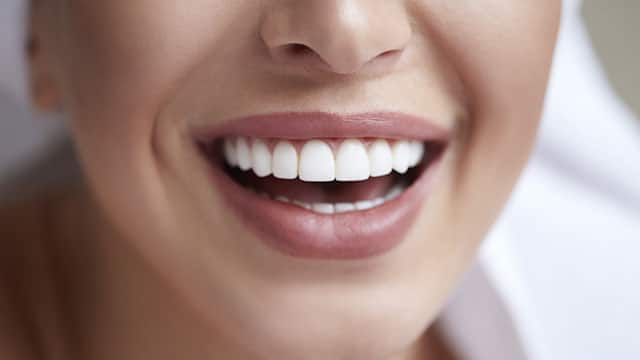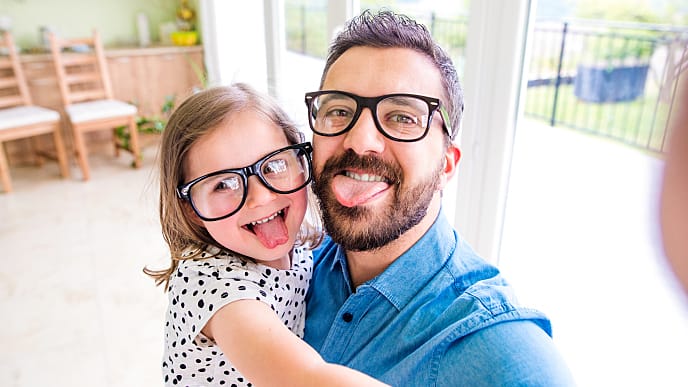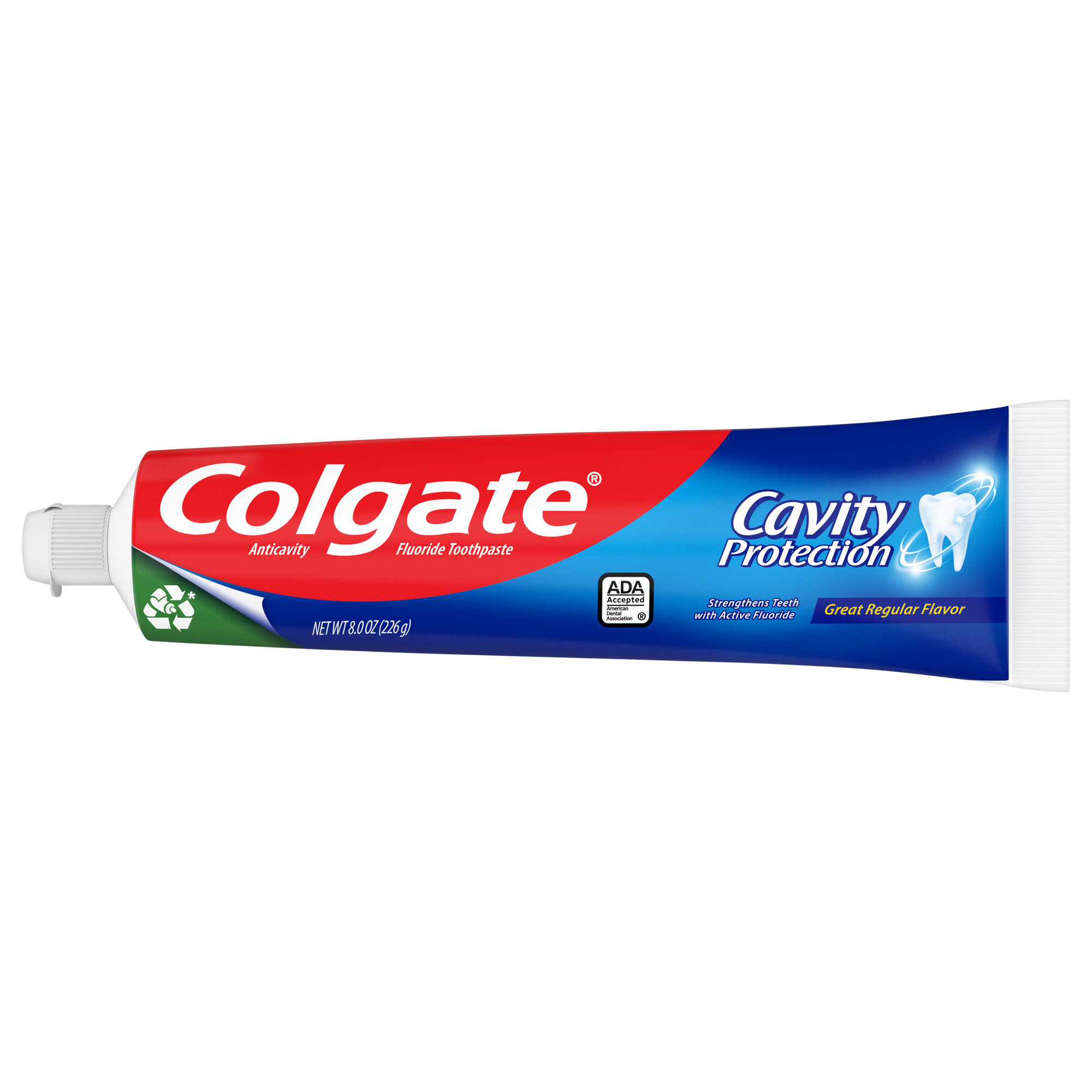-
-

FLUORIDE
What Is Stannous Fluoride Toothpaste?Discover what is Stannous Fluoride Toothpaste and its importance to prevent cavities and other oral health problems.

TEETH WHITENING
Whitening toothpaste - hydrogen peroxide vs. carbamide peroxideIf you lose one or more of your front teeth due to injury or decay, you may feel ...
-
Science & InnovationOral Health Commitment
- Oral Health Commitment
- Bright Smiles, Bright Futures
- Educational Resources
- Mobile Dental Van
- Volunteer
- ORAL HEALTH CHECK
- PRODUCT MATCH
- Oral Health and Dental Care | Colgate®
- Oral Health
- Periodontal Ligament: What Is It?


What Does the Periodontal Ligament (PDL) Do?
The periodontal ligament does not support the outer gum tissues and is only found between the root part of the tooth and the adjacent bone. This complex tissue allows the tooth to function under the load of chewing and absorb excess pressure from clenching and grinding. The ligament is also involved in tooth movement and aids in the eruption of the tooth.
The PDL is also what makes orthodontic tooth movement possible. If the tooth were directly connected to the bone, the tooth would function similarly to a dental implant and not be able to move. Because the tooth is held in the socket by the periodontal ligament and not a direct bone-to-tooth interface, it can usually be extracted without removing any significant areas of the jawbone.
The periodontal ligament also allows the tooth to adapt to forces from tooth grinding (also known as bruxism) or other jaw clenching habits. The ligament can enlarge and allow the tooth to become loose. Once the excessive forces on the tooth are reduced, the PDL will heal, and tooth mobility will decrease.
The Periodontal Ligament and Overall Oral Health
Advanced gum disease can lead to the destruction of bone and the loss of the periodontal ligament. In areas where the ligament has been lost, the adjacent bone is no longer attached to the tooth and cannot provide any support. The PDL is also prone to periodontal inflammation and cannot be easily regenerated. Even with a bone graft placement, if the periodontal ligament is not restored in the area, the bone graft may not work.
The periodontal ligament serves a quiet but meaningful role within your mouth. It's important to make sure that you're practicing good oral hygiene practices by brushing twice a day and cleaning between your teeth daily. This will help you prevent gum disease and keep your periodontal ligaments strong and healthy as they support your teeth.
Oral Care Center articles are reviewed by an oral health medical professional. This information is for educational purposes only. This content is not intended to be a substitute for professional medical advice, diagnosis or treatment. Always seek the advice of your dentist, physician or other qualified healthcare provider.
Related Articles

Mouth and teeth anatomy
What Are Dentin Tubules?Have you heard of the term dentin tubules? Well, now you have. Dentin tubules are a vital part of your teeth. As you may know, the teeth are made up of tissue layers, and each one serves a unique function. The dentin tubules are located in the dentin, one of the layers below the enamel surface. The role of dentin tubules is to help you feel sensations in your teeth. That's also why they're often blamed for hypersensitivity in people's teeth.

Mouth and teeth anatomy
What Is Hypodontia? Causes And Treatments For Missing TeethHypodontia refers to the absence of one or more teeth. Learn how this condition is diagnosed and treated.

Mouth and teeth anatomy
What Are Foliate Papillae?Hundreds of tiny bumps called papillae cover your tongue, most of which contain taste buds with sensory cells. There are four types of papillae—filiform, fungiform, circumvallate, and foliate—and each has a role to play. This article looks into the foliate papillae, which are located on the sides of the tongue and contain taste buds.

Mouth and teeth anatomy
Your Baby's Labial Frenulum: What You Need To KnowTucked inside your infant's gummy, toothless smile is a small piece of tissue under their upper lip called the labial frenulum.
Related Products

Colgate Cavity Protection Toothpaste with Fluoride, Great Regular Flavor helps strengthen teeth enamel every time you brush your teeth.

Colgate Total Active Prevention Whitening Toothbrush is a soft toothbrush with charcoal infused spiral and Floss-Tip bristles (1). This soft bristle toothbrush fights the root cause* of cavities, plaque, gingivitis, bad breath, tartar buildup**, and stains*** and also helps remove surface stains to prevent stain buildup.

Power away plaque with Colgate Total Battery Powered Toothbrush. This battery operated toothbrush for adults fights the root cause* of cavities, plaque, gingivitis, bad breath, tartar buildup**, and stains***. Plus, this battery toothbrush has a built in 2 minute timer and features two cleaning modes, Sensitive and Regular, to cater to your unique oral care needs.

The Colgate Total® Active Prevention Foaming Clean Soft Bristle Toothbrush is specially designed to tackle the root cause* of cavities, plaque, gingivitis, bad breath, tartar buildup**, and stains***.

Helping dental professionals
More professionals across the world trust Colgate. Find resources, products, and information to give your patients a healthier future




